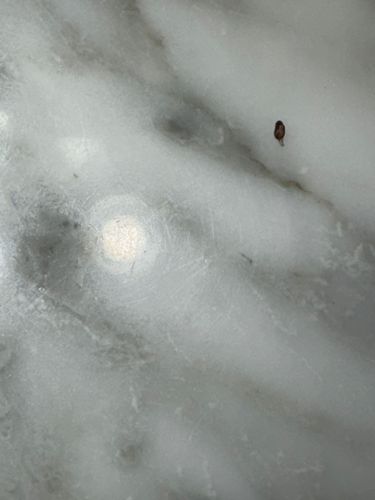Bed Bug
Scientific Name: Cimex lectularius
Order & Family: Order: Hemiptera, Family: Cimicidae
Size: Adults are typically 4-5 mm (0.16-0.20 inches) long, similar in size to an apple seed. Nymphs are smaller and translucent.

Natural Habitat
Bed bugs are commonly found in human dwellings, especially in bedrooms. They hide in mattresses, bed frames, box springs, headboards, furniture, cracks in walls, behind wallpaper, electrical outlets, and any small crevice close to where humans rest or sleep. They are easily transported in luggage, clothing, and used furniture.
Diet & Feeding
Strictly hematophagous, meaning they feed exclusively on the blood of warm-blooded animals, primarily humans.
Behavior Patterns
Bed bugs are primarily nocturnal, feeding on blood while their hosts are asleep. They are attracted to warmth, carbon dioxide, and certain chemicals. They hide in cracks and crevices during the day, often in mattresses, bed frames, furniture, or walls, emerging to feed every few days to once a week. Females lay 1-12 eggs per day, typically totaling 200-500 eggs in their lifetime.
Risks & Benefits
Risks: Bed bugs do not transmit diseases to humans. However, their bites can cause itchy welts, leading to skin irritation, allergic reactions, and secondary skin infections from scratching. Infestations can also cause significant psychological distress, including anxiety, insomnia, and paranoia. Benefits: None known for humans; they are considered a pest.
Identified on: 8/17/2025